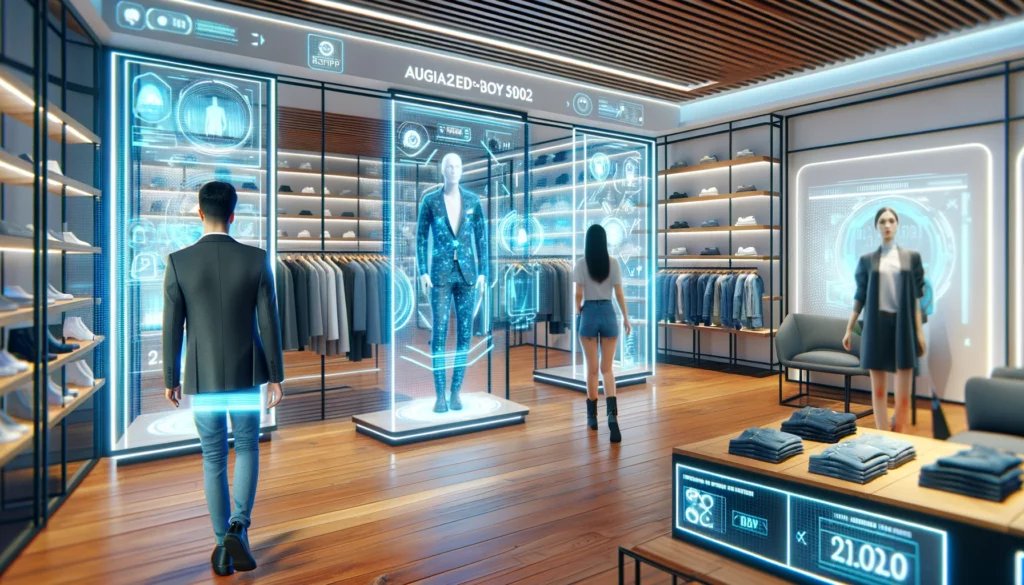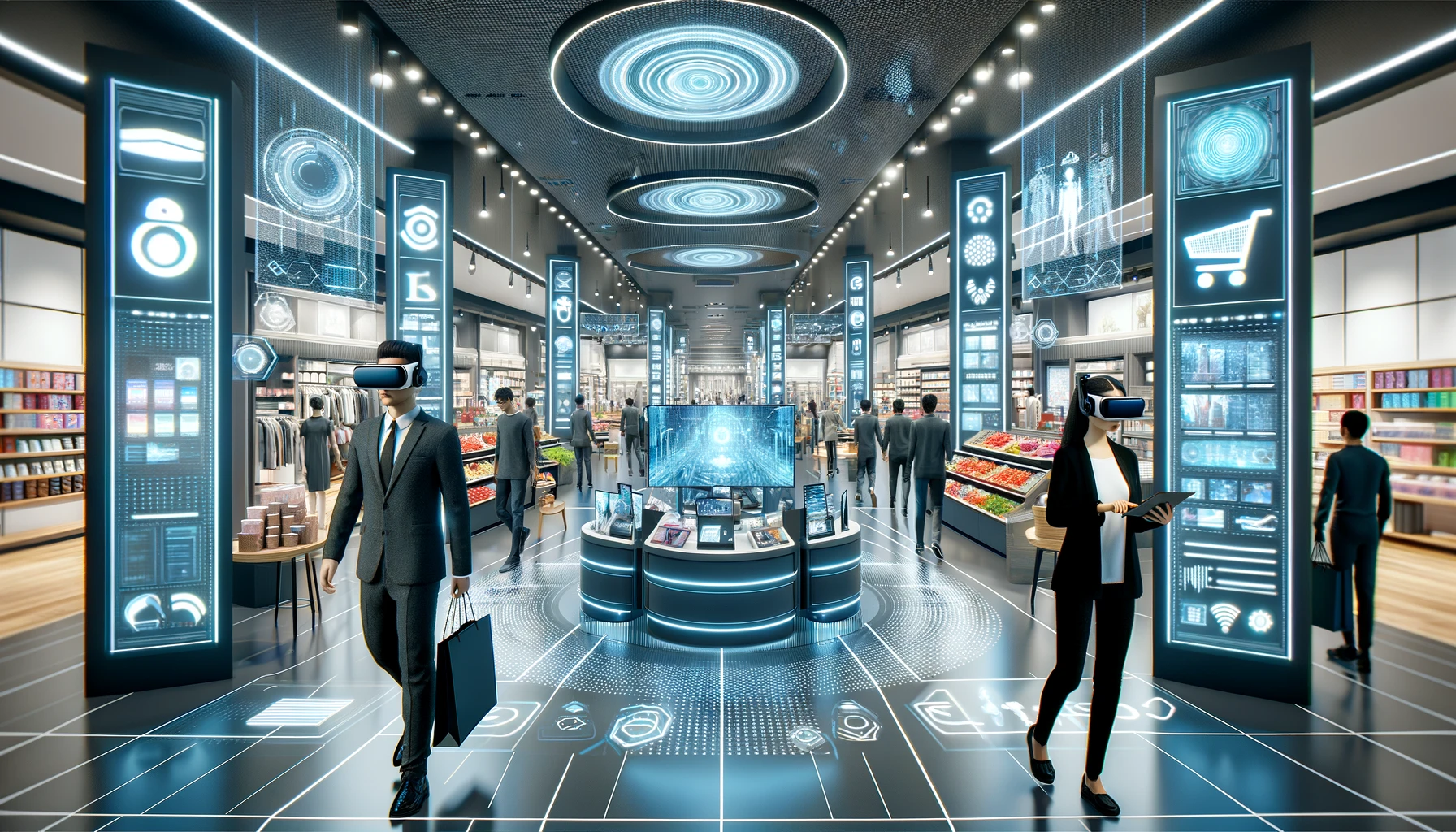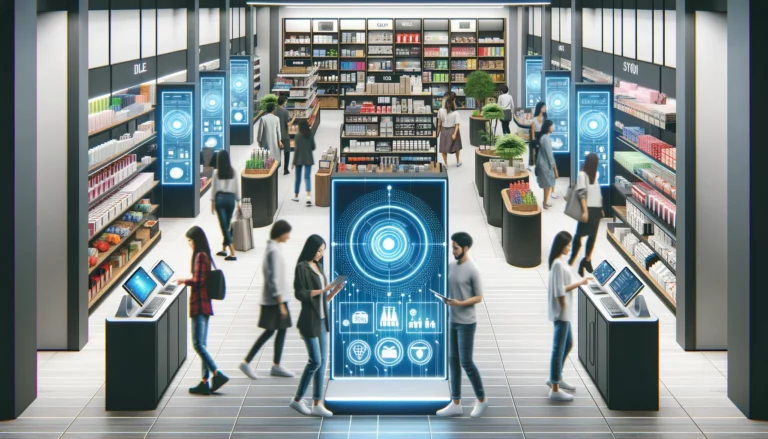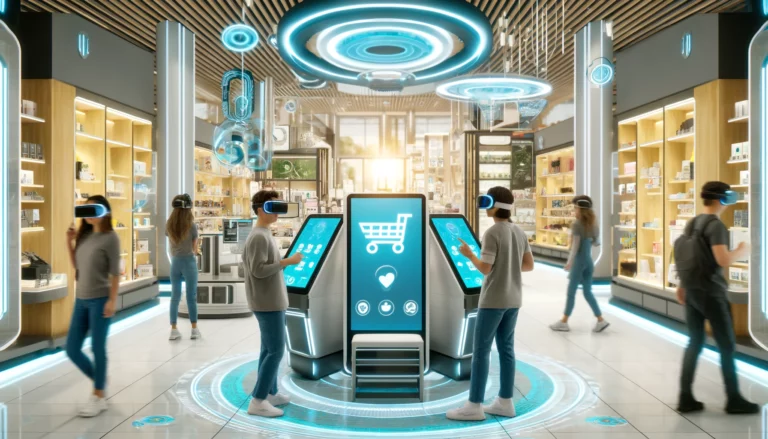The Future of Shopping: What Will Retail Look Like in 2030?
As we move towards the end of this decade, the retail industry is poised for transformative changes. Rapid technological advancements, evolving consumer behaviors, and global economic shifts are set to redefine how we shop. So, what will retail look like in 2030? In this article, we explore the key trends and innovations shaping the future of shopping.

The Integration of Advanced Technologies
Artificial Intelligence and Machine Learning
By 2030, artificial intelligence (AI) and machine learning will be deeply embedded in the retail sector. These technologies will enable retailers to offer highly personalized shopping experiences. AI algorithms will analyze customer data to predict preferences and recommend products in real-time. For instance, virtual shopping assistants powered by AI will provide tailored recommendations, answer queries, and assist with purchases, making online shopping more intuitive and efficient.
Augmented Reality (AR) and Virtual Reality (VR)
AR and VR technologies will revolutionize the way consumers interact with products. AR will allow shoppers to visualize products in their real environment before making a purchase. For example, customers will be able to see how furniture fits in their living rooms or try on clothes virtually. VR will take the shopping experience to a new level by creating immersive virtual stores where customers can browse and shop as if they were in a physical store, all from the comfort of their homes.
Internet of Things (IoT)
The Internet of Things (IoT) will connect various devices to create a seamless shopping experience. Smart shelves will automatically update inventory levels and alert staff when restocking is needed. IoT-enabled beacons will send personalized offers to customers’ smartphones as they walk through stores. Additionally, smart home devices will integrate with retail platforms, allowing consumers to order products with simple voice commands.
The Evolution of Physical Retail Spaces
Experiential Retail
Physical stores will evolve into experiential hubs where shopping is just one part of the experience. Retailers will focus on creating engaging and interactive environments that attract customers. These stores will host events, workshops, and interactive displays to enhance customer engagement. For instance, a sports apparel store might offer virtual reality sports simulations, allowing customers to test products in a realistic setting.
Smaller, More Efficient Stores
The trend towards smaller, more efficient stores will continue. These stores will serve as local fulfillment centers for online orders, enabling faster delivery times. Automated technologies, such as robotic assistants and self-checkout systems, will streamline operations and reduce costs. Additionally, pop-up stores will become more common, allowing retailers to test new markets and concepts without significant investment.
The Shift Towards Sustainability
Eco-Friendly Practices
Sustainability will be a major focus in 2030. Consumers will demand more eco-friendly products and practices. Retailers will respond by adopting sustainable sourcing, reducing waste, and using renewable energy. Packaging will become more sustainable, with a shift towards biodegradable and recyclable materials. Brands that prioritize sustainability will build stronger relationships with environmentally conscious consumers.
Transparent Supply Chains
Consumers will increasingly seek transparency in supply chains. Blockchain technology will enable retailers to provide detailed information about product origins and manufacturing processes. Shoppers will be able to scan QR codes to learn about the ethical practices behind their purchases. This transparency will build trust and loyalty, as customers feel more connected to the products they buy.
The Role of Data and Analytics
Predictive Analytics
Predictive analytics will play a crucial role in retail decision-making. By analyzing historical data and current trends, retailers can forecast demand, optimize pricing, and manage inventory more effectively. This data-driven approach will minimize overstock and stockouts, ensuring that customers find what they need when they need it.
Personalized Marketing
Data analytics will enable highly personalized marketing strategies. Retailers will use customer data to create targeted campaigns that resonate with individual preferences. Personalized emails, tailored promotions, and customized shopping experiences will enhance customer engagement and drive sales. As a result, marketing efforts will become more efficient and effective, leading to higher conversion rates.
The Impact of Global Economic Trends (H2)
Economic Resilience
Retailers will need to be resilient to economic fluctuations. Diversifying supply chains and adopting flexible business models will help mitigate risks. Additionally, retailers will focus on building strong relationships with local suppliers to reduce dependency on global supply chains. This approach will enhance stability and ensure continuity during economic uncertainties.
Emerging Markets
Emerging markets will present significant growth opportunities. As disposable incomes rise in developing countries, demand for consumer goods will increase. Retailers that can effectively enter and cater to these markets will gain a competitive edge. Understanding local cultures and preferences will be key to success, as will establishing robust distribution networks to reach new customers.
The Future Workforce in Retail
Automation and Robotics
Automation and robotics will become integral to retail operations. Automated systems will handle repetitive tasks, such as inventory management and order fulfillment, freeing up employees to focus on customer service and strategic activities. Robotics will assist in warehouses and stores, improving efficiency and accuracy. However, the human touch will remain essential for personalized customer interactions and complex problem-solving.
Focus on Employee Experience
Retailers will place greater emphasis on employee experience. Training and development programs will equip staff with the skills needed to thrive in a tech-driven environment. Employee well-being will be prioritized, with a focus on work-life balance and job satisfaction. A motivated and engaged workforce will be crucial for delivering exceptional customer service and driving business success.
Conclusion: Embracing the Future of Retail
In conclusion, the retail landscape in 2030 will be characterized by technological innovation, experiential shopping, sustainability, and data-driven strategies. Retailers that embrace these trends and adapt to changing consumer expectations will thrive in the future. By leveraging AI, AR, VR, IoT, and other advanced technologies, they can create personalized, seamless, and engaging shopping experiences. Sustainability and transparency will build trust and loyalty, while predictive analytics and personalized marketing will drive sales and efficiency.
The future of shopping is bright, and the retail industry is poised for an exciting transformation. As we look towards 2030, retailers must remain agile, innovative, and customer-centric to succeed in this dynamic landscape.



